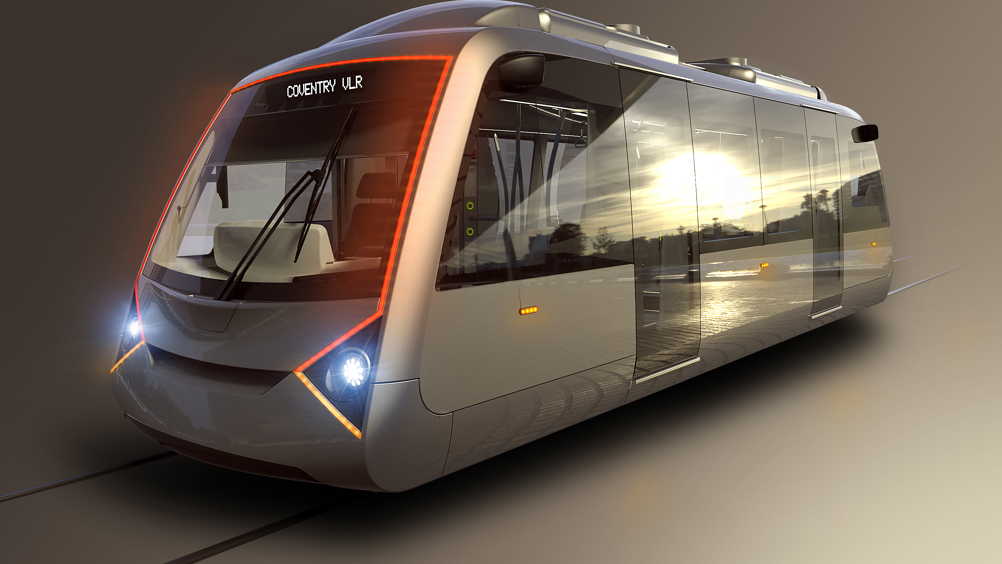Sky blue thinking: Coventry VLR takes shape
Coventry is leading the charge on a new type of lightweight rail system that could shake up public transport in the UK and beyond. Andrew Wade reports.

The automotive industry looms large over the Midlands. A sprawling web of motorways and A roads stretches around Britain’s belly, linking the metropolis of Birmingham with its smaller city neighbours of Wolverhampton and Coventry, as well as connecting the north and south of England. The West Midlands is also the UK’s leading region for automotive manufacturing, home to OEMs like Aston Martin and Jaguar Land Rover, alongside countless vital links in the sector’s supply chain. With the car such a visible, dominant force, it’s perhaps no surprise that other modalities have often played second fiddle.
“Our public transport system in the region, it’s not joined up in the way it should be, it’s not integrated the way it should be,” Jim O’Boyle, Coventry City Council’s Cabinet Member for Jobs, Regeneration and Climate Change, told The Engineer.
The nature of the regional conurbation has played its part in this disjointedness. Transport for West Midlands - part of the West Midlands Combined Authority (WMCA) – has an overarching role, but places like Solihull, Dudley and Walsall inevitably have their own priorities, as do the region’s cities. There is, however, widespread agreement that a sustainable future for the region demands less private car journeys and more low carbon public transport. According to O’Boyle, trams have a fundamental role to play.
Register now to continue reading
Thanks for visiting The Engineer. You’ve now reached your monthly limit of premium content. Register for free to unlock unlimited access to all of our premium content, as well as the latest technology news, industry opinion and special reports.
Benefits of registering
-
In-depth insights and coverage of key emerging trends
-
Unrestricted access to special reports throughout the year
-
Daily technology news delivered straight to your inbox











Water Sector Talent Exodus Could Cripple The Sector
Maybe if things are essential for the running of a country and we want to pay a fair price we should be running these utilities on a not for profit...